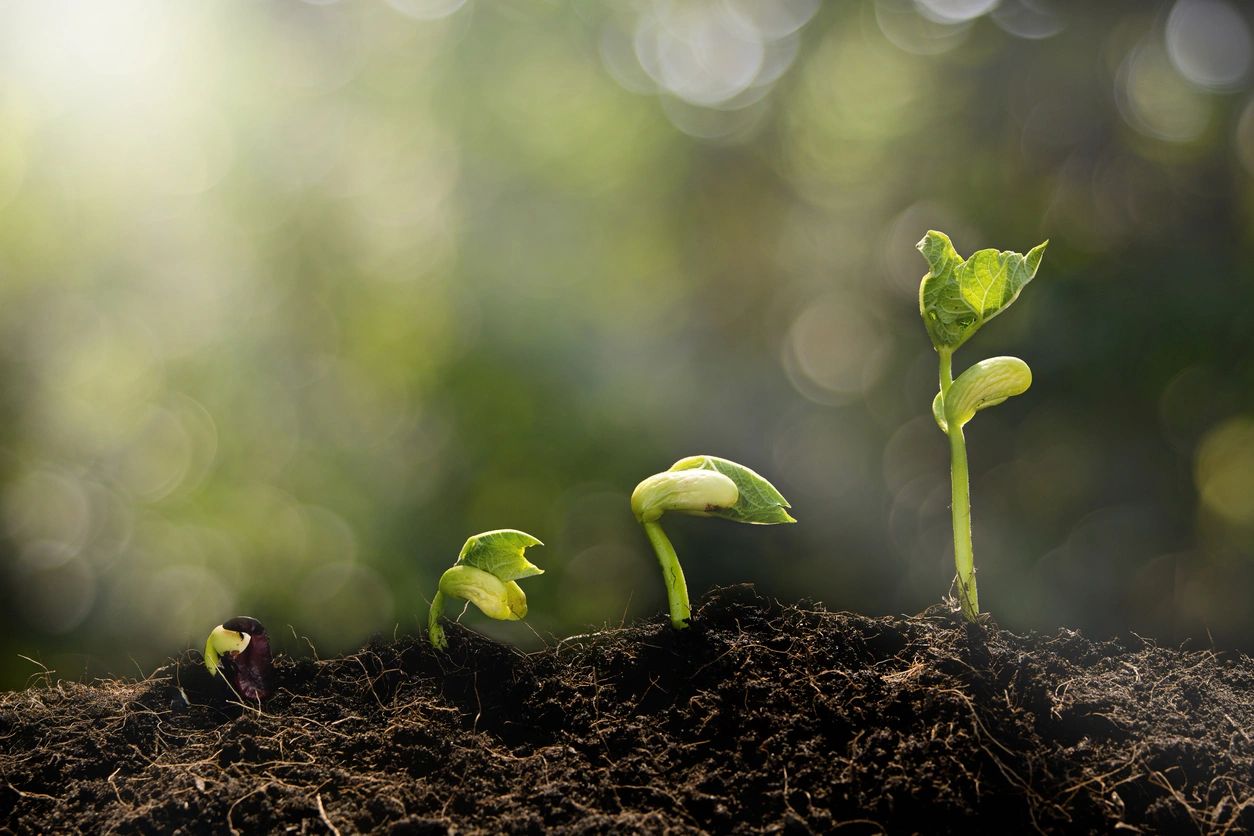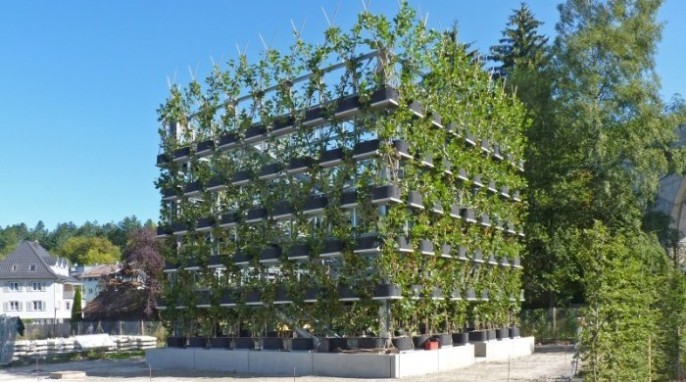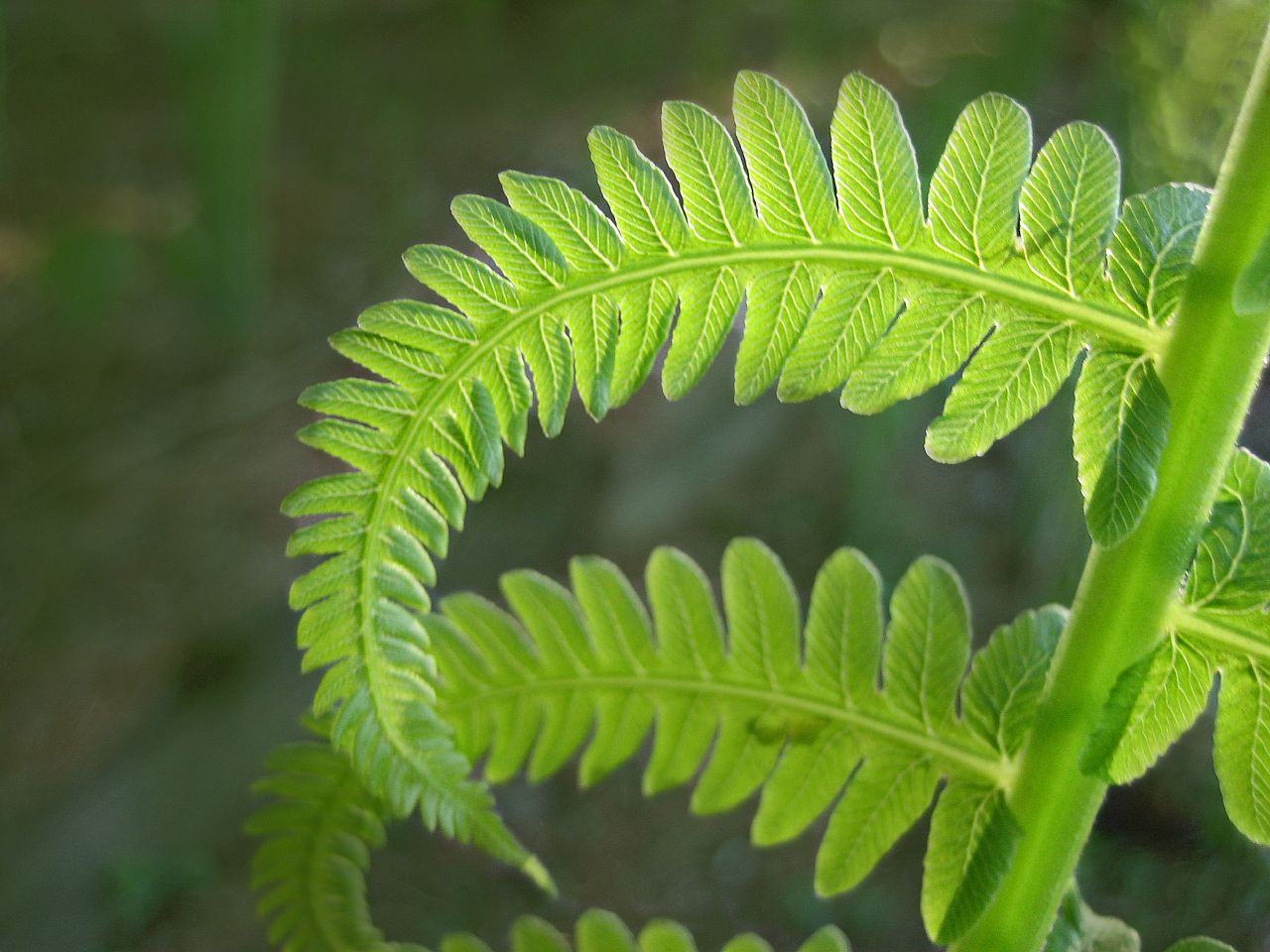We now know more about plant DNA and how plants share genetic material with one another. And yes, it is cool.
By Jacqueline Mattos
It has been shown before that plants and animals are able to share their genetic material through organelle transferring, such as in plastids (in the case of plants) and mitochondria (in the case of animals and humans). Plant cells, when using this mechanism of genome sharing – called horizontal genome transfer – are able to provide new recombinations of genes and even generate new species, mainly the ones characterized as allopolyploids (individuals that might present two haploid sets of chromosomes that come originally from different species). Published in the journal Science Advances, this research uses grafting in plants to get a little closer to the horizontal genome transfer mechanism. Because grafting is a very familiar and common behavior in natural plant populations, even being used for a long time in agriculture, Alexander P. Hertle and colleagues explored plant cells during a graft event to check how DNA (or entire organelles) were traveling through the plants.
Tobacco grafting experiment
To be able to track the movement of plastids (a kind of organelle only present in plants and related to photosynthesis), researchers used fluorescent markers to highlight their molecules and then used confocal laser scanning microscopy to see it on the screen in real time. They used two different lines of the tobacco plant, in order to differentiate their plastids in the grafting union. In order to do that, they used one strain of tobacco with a kind of antibiotic resistance gene and a fluorescent reporter in the nuclear genome, and another plant strain with another antibiotic resistance gene and the fluorescent reporter in the genome of the plastid.
The grafting union they made with both tobacco plants were intentionally set on a wounded part of the scion plant, and after a few days of experiment, a callus tissue formed on the wound, resulting in a connection between the individuals. They tested the gene flow between the plants by checking for the presence of cells that contained both antibiotic resistance genes. Researchers were able to show the horizontal genome transfer when they confirmed that regenerated plants could express both resistance genes and had the two fluorescent markers in one cell. Multiple events of plastid interchange between cells were observed and they are probably really frequent in grafting junctions.
Novelty in horizontal genome transfer
Despite the success of the experiments, these last findings were congruent with past studies on plant grafting and horizontal genome transfer, so what the researchers aimed to do next was to show how the genome was traveling through the cells: via naked DNA or via whole organelles. They focused on the callus formation on the grasping sites to observe closely the cell walls and if any sort of difference between plastids were possible. They stained the cells and observed pronounced protrusions between callus cells, which could result in a rearrangement of the cell wall architecture and then, possibly, allow entire plastids or mitochondria to travel through the wall along pores that were being formed.
Another really interesting novelty found was that the “alien” plastids – plastids from the scion plant – were actually smaller than the resident, original plastids. In the grafting junction, these small organelles (having approximately a diameter of 1 micrometer, compared with 5 micrometers of a normal-sized one) could then fit in the pores found in the newly formed cell wall and travel easily, while the normal plastids could not. Also, normal-sized plastids were stationary, showing very little movement, while the alien plastids (spherical and amoeboid-like) were incredibly mobile.
Traveling DNA
Researchers then concluded that genomes can be traveling through cells and that particularly in plants, when the transferring occurs in plastid or mitochondrial genomes, it results in plants with new combinations of nuclear and organelle genomes. On the other hand, when it occurs with nuclear genomes, it will result in a new plant species that could be allopolyploid. In this way, across a grafting junction and possibly after wounding, for example, plants are able to transfer their entire organelles, as authors showed with plastid movements through the pores that are surprisingly formed in the cell wall structure, allowing the movement of entire organelles with their genome encapsulated.
This study was published in the peer-reviewed journal Science Advances.
Do you want to get involved in a citizen science project and help unravel DNA sequences? Unravel DNA with Citizen Science
Reference
Hertle, A. P., Haberl, B., & Bock, R. (2021). Horizontal genome transfer by cell-to-cell travel of whole organelles. Science Advances, 7(1). doi:10.1126/sciadv.abd8215




